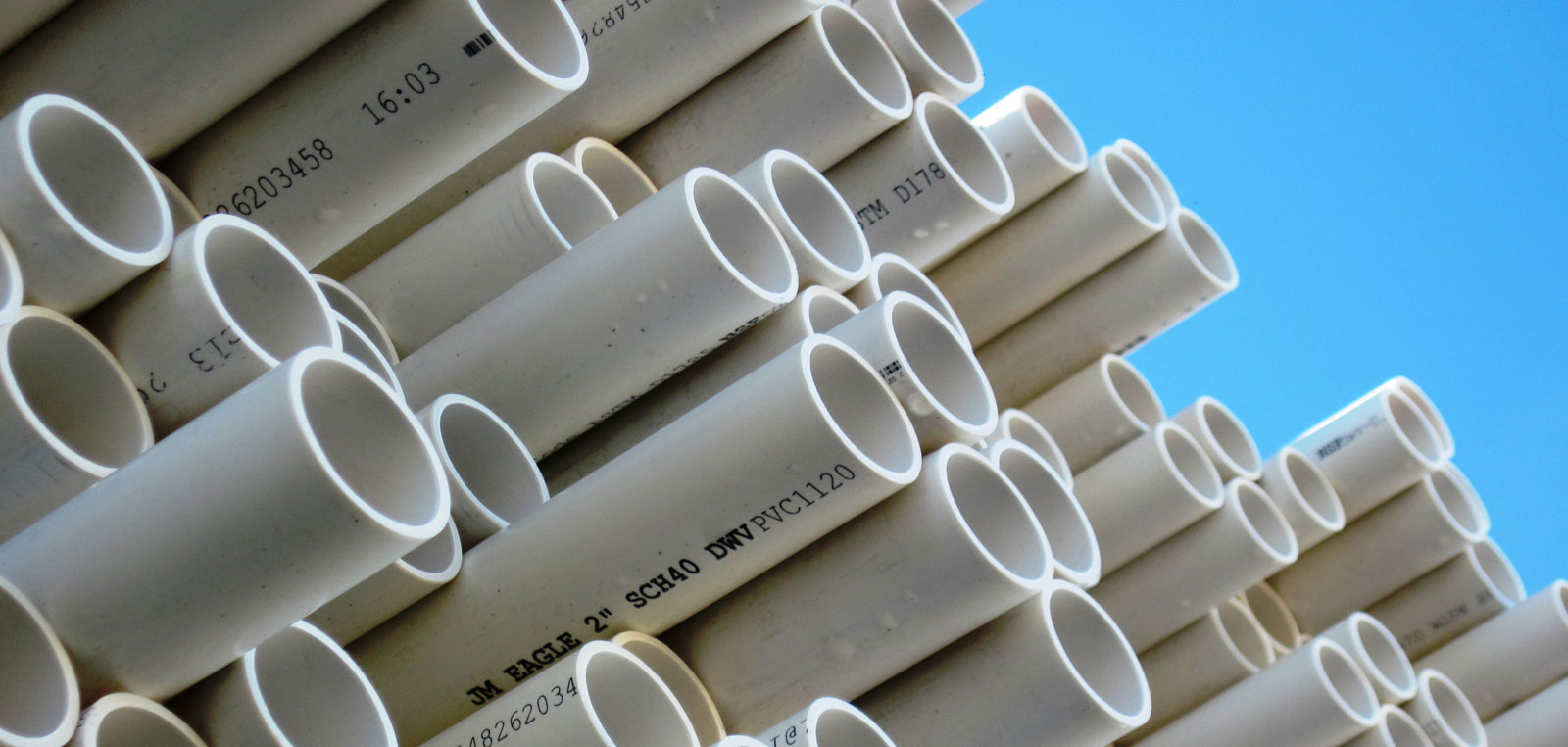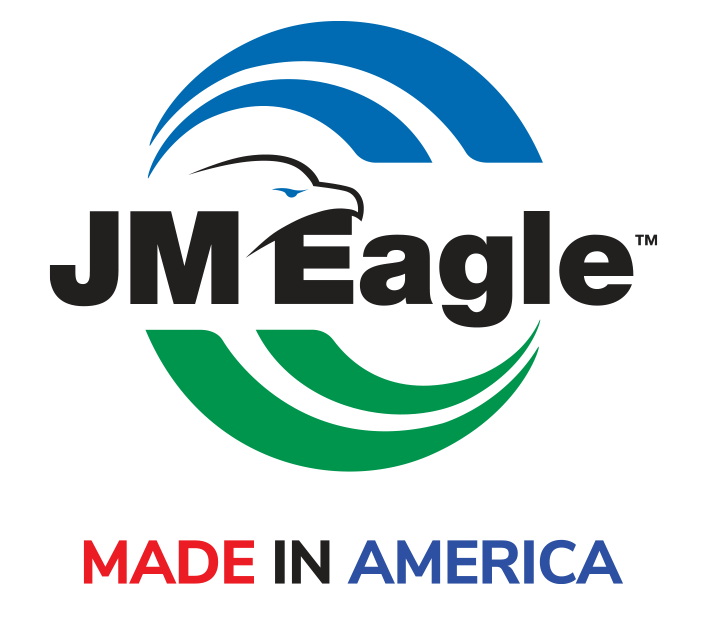
Creating resilient, sustainable water supplies means flipping the management paradigm
Humanity is dependent on water, but modern methods have major flaws. Perhaps today’s technology can help.
For millennium, settlements were centered on water supplies and drought signaled disaster. The Egyptians were the first to manage the critical resource; diverting the Nile flood waters using a series of dams and canals in a major irrigation project that turned a seasonal lake into a water reservoir. The concept was exploited to great success by the Romans; the empire became known for its sophisticated aqueduct system that transported water from rural areas to towns.
What was basically the same idea continued into the twentieth century, and dams and reservoirs are still being built to supply our ever-expanding cities. However, despite being the definitive method for water management for most of human civilization, the top-down model has a major flaw.
“People were not part of the loop. The way that they behaved, their decision-making process, what they use, how they use it, wasn’t necessarily part of the process,” said Newsha Ajami (pictured), director of urban water infrastructure and policy at Stanford University’s Water in the West program. “We assume there’s enough water out there to bring water to people and they can do whatever they want with it.”
Read more here: https://bit.ly/2UdCzW5
